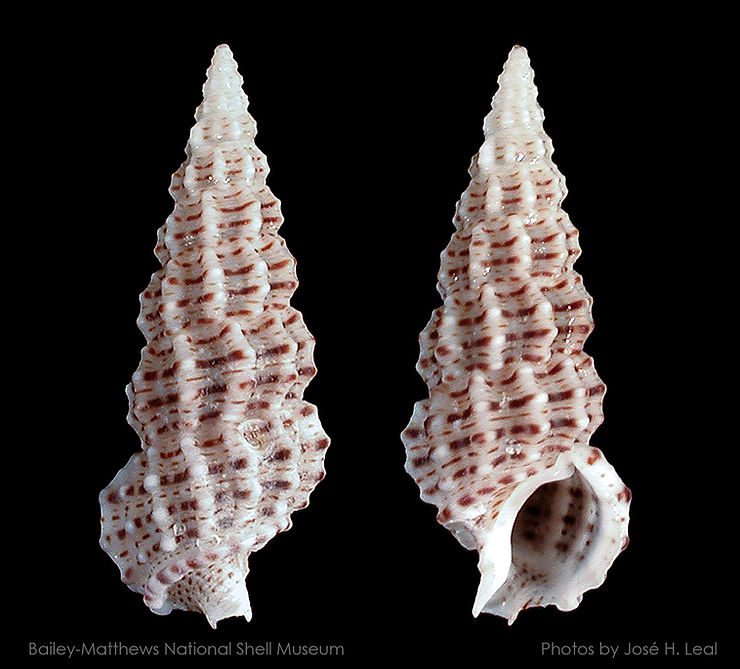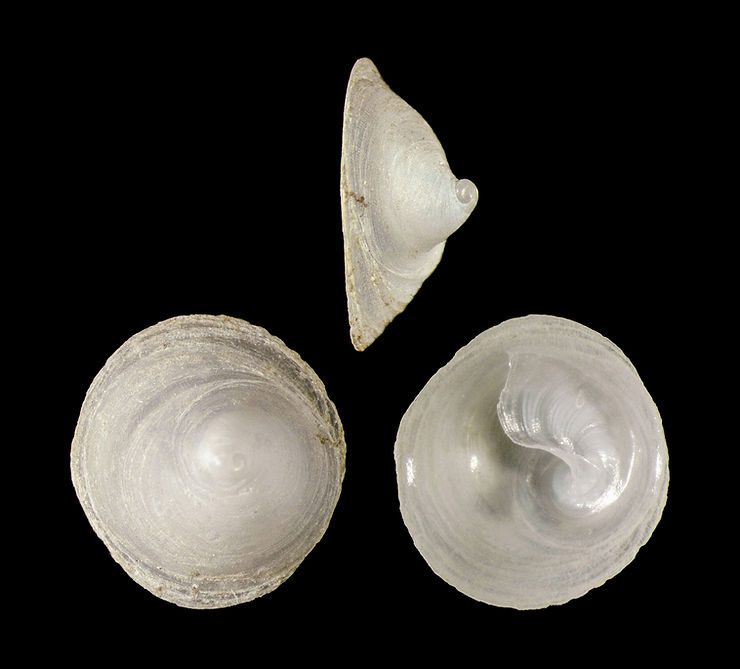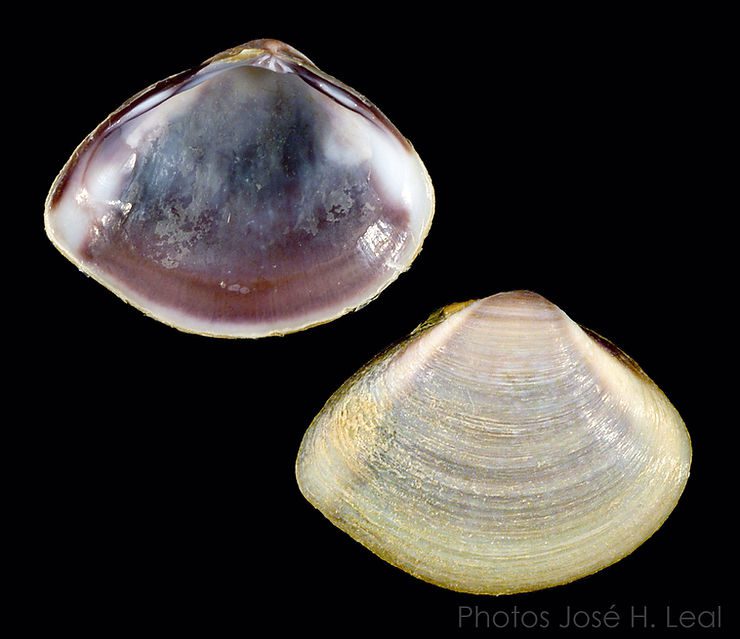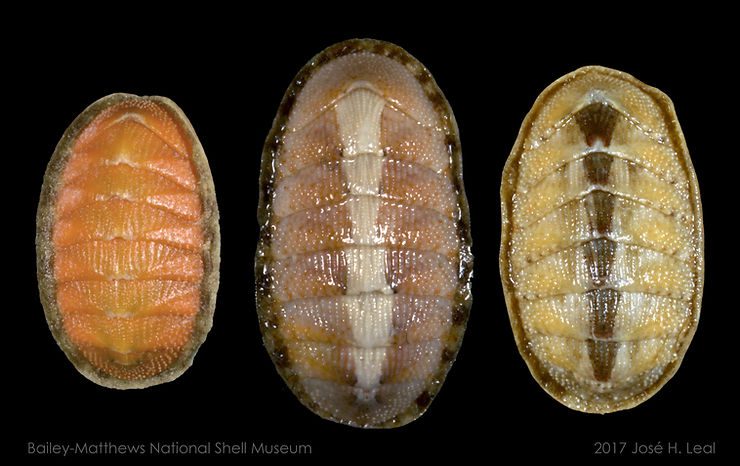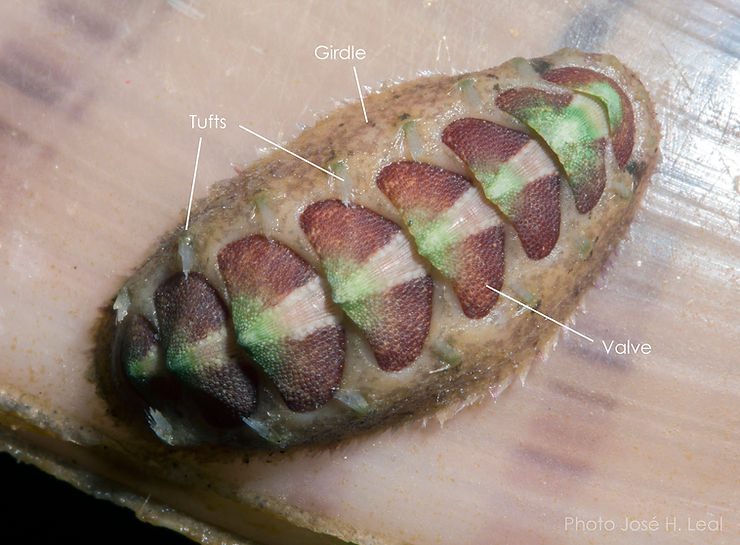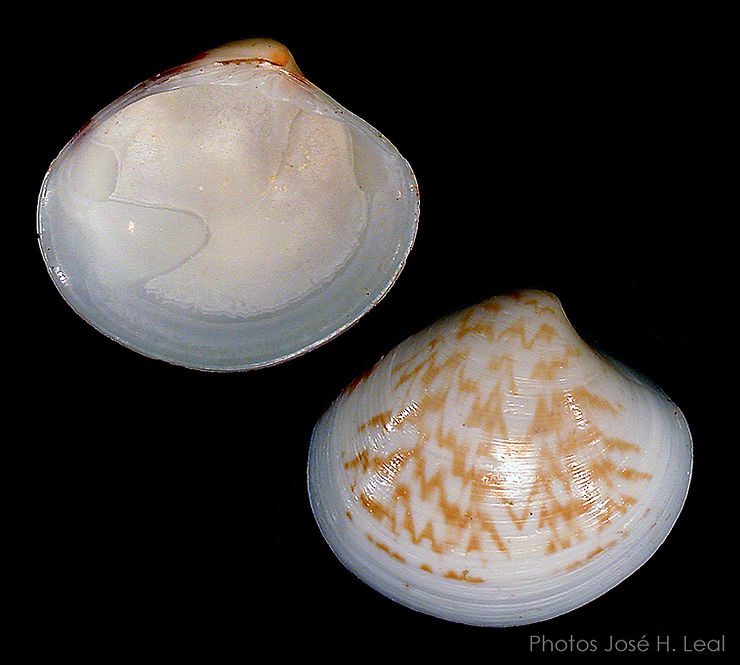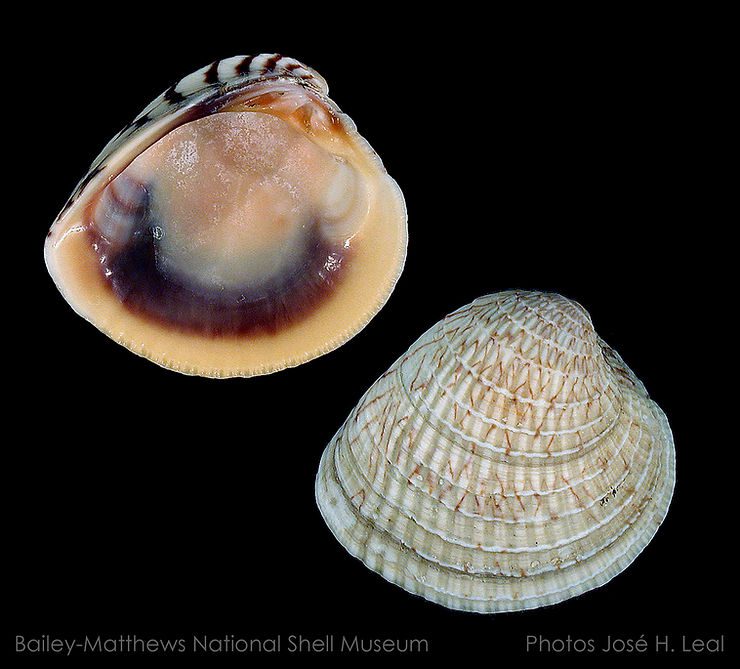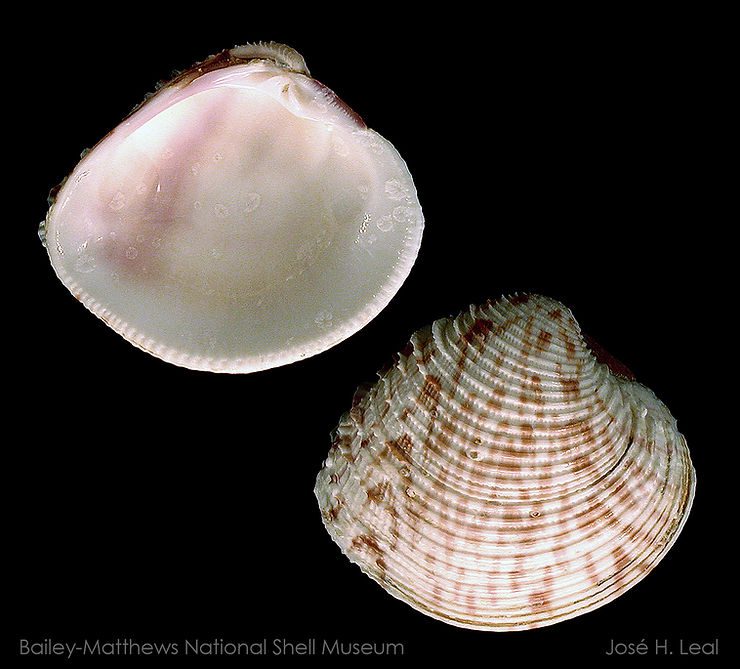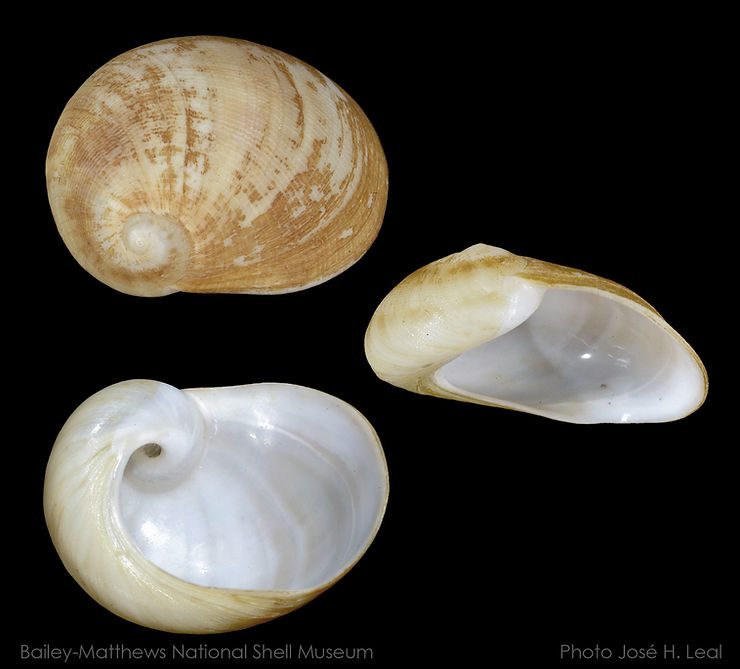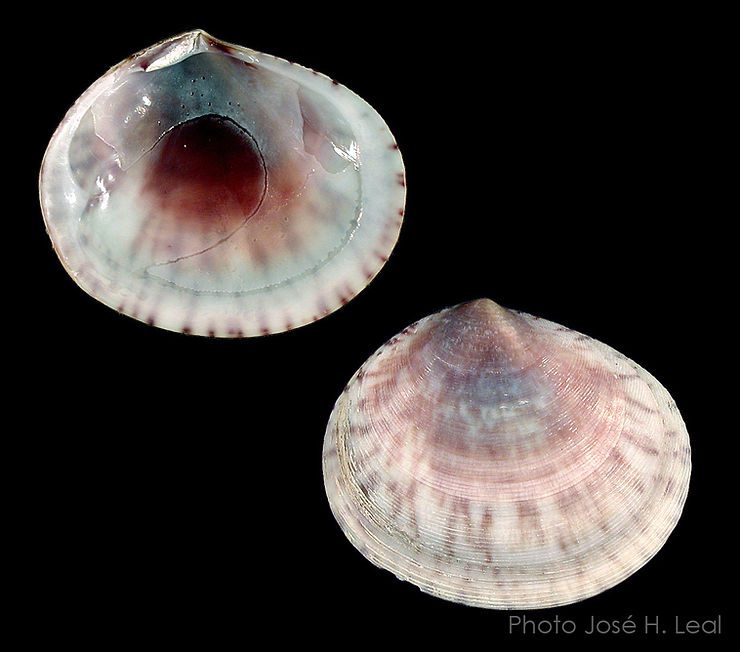
The Purplish Semele
The Purplish Semele, Semele purpurascens (Gmelin, 1791), is one of the most distinctive bivalves found along the coast of Southwest Florida. It may reach about 1 to 1.5 inches and is easily distinguishable from other local clams by, among other shell features, its maroon, purplish or sometimes orange color, and presence of a central area of more intense coloration inside the shell valves. The external sculpture consists of very fine commarginal ("concentric") striations, which impart a dull aspe
